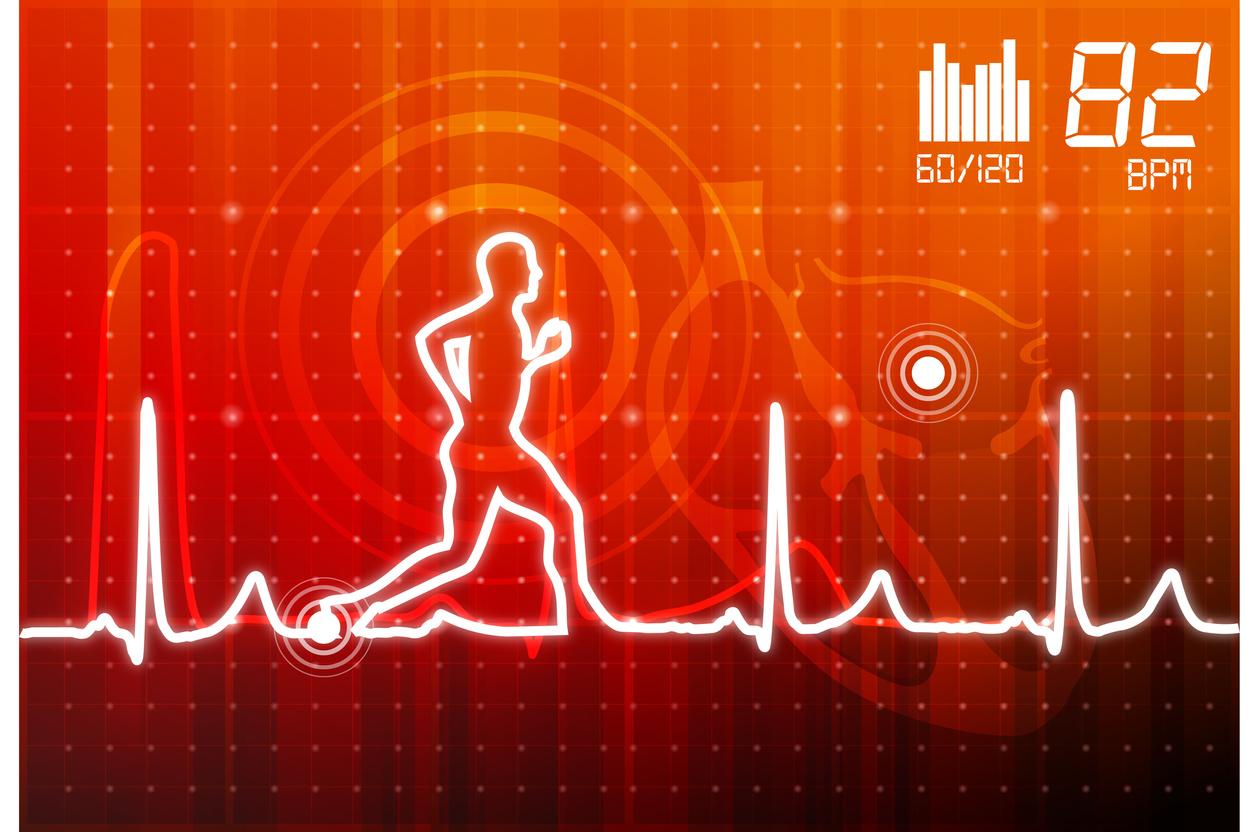
September 20, 2016.
The challenge of replacing arteries with grafts is not easy to meet, because arteries are organs subject to very strong mechanical stress. With each heartbeat, pressurized blood is sent to the blood vessels, and it is the arteries that, thanks to their natural elasticity, receive the jolts., at a rate of 60 to 90 per minute, or even 140, 150 or more, in the event of effort.
An artificial artery is not allowed to fail
What is more, for obvious reasons, an artery prosthesis cannot suffer from any failure which would be fatal within one minute to its wearer. So far, it is mainly autologous transplantation that is performed for heart surgery, by removing an artery from a part of the body, most often a leg., artery replaced by a vein taken from another part of the body … In short, not easy.
There are already artery prostheses, in Dacron, Teflon or Goretex, but the mechanical properties of which are well below the properties of natural arteries. Now researchers are working on dsmart artery prostheses, capable of simulating the mechanical behavior of a natural artery, thanks to pressure micro-sensors coupled to fibers capable of contracting to the passage of a very weak electric current, to simulate the flexibility, but also the natural resistance of the artery.
Prevent clotting and infections
These prostheses must also prevent blood clotting, as well as the risk of infection, by releasing blood thinners or antibiotics on demand.
On the other hand, a barrier is for the moment almost impossible to cross: that of the minimum size of artificial arteries. Below 6 millimeters, they are totally unusable. For the moment…
Read also: Heart disorders and cardiovascular diseases















